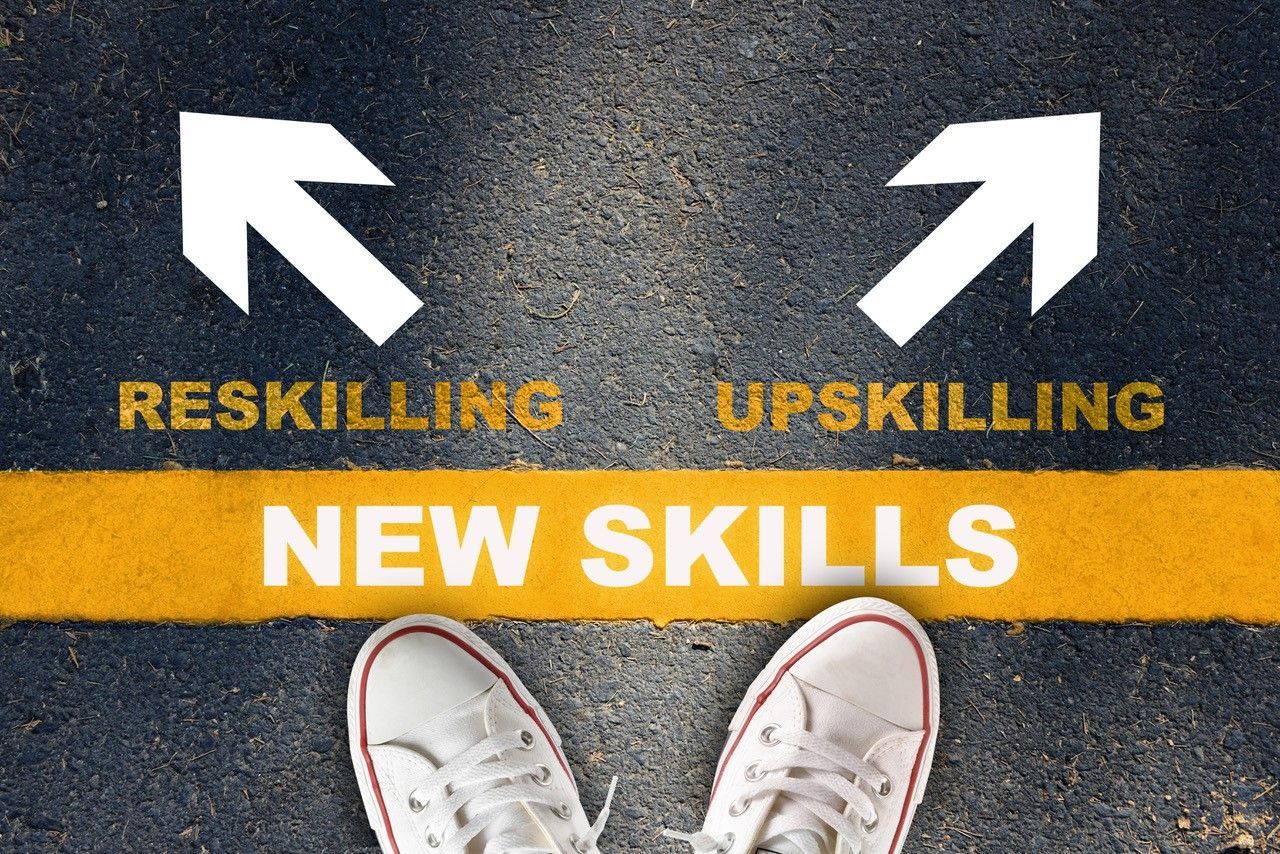
In the digital age, the skills demanded by the workforce are undergoing a seismic shift.
To stay relevant and competitive, both individuals and organizations must embrace the concept of continuous learning through upskilling and reskilling.
We'll explore here the importance of upskilling and reskilling in the digital era and outline effective strategies for navigating this transformative journey.
The Digital Disruption
The Fourth Industrial Revolution has brought about unprecedented technological advancements, reshaping industries and job requirements.
Automation, artificial intelligence, and data analytics are becoming integral parts of the workplace, creating a demand for a new set of skills.
As routine tasks become automated, the focus shifts to skills that complement and enhance technology.
Understanding Upskilling and Reskilling
Upskilling
Upskilling involves acquiring new skills that are aligned with the evolving demands of a current role.
It enables employees to enhance their proficiency and efficiency in their existing positions.
Reskilling
Reskilling is the process of learning new skills to transition into a different role or field.
It is a strategic response to changes in the job market and technology, allowing individuals to remain employable in a rapidly changing environment.
The Imperative of Continuous Learning
In the digital age, learning is not a one-time event; it's a continuous journey.
Here are key strategies for effective upskilling and reskilling:
Identify Key Skills
Stay informed about emerging trends in your industry and identify the skills that will be crucial in the future.
This may include technical skills, soft skills, or a combination of both.
Create a Learning Culture
Organizations should foster a culture that values and supports continuous learning.
This involves providing resources, time, and incentives for employees to upskill and reskill.
Leverage Online Learning Platforms
Take advantage of the plethora of online learning platforms offering courses in various domains.
Platforms like Coursera, LinkedIn Learning, and Udacity provide flexibility and accessibility for learners.
Offer Tailored Training Programs
Organizations can develop customized training programs that address specific skill gaps within their workforce.
This targeted approach ensures that employees acquire the skills needed for their roles.
Encourage Cross-Functional Collaboration
Facilitate collaboration between different departments or teams within an organization.
This not only promotes knowledge sharing but also allows employees to learn from diverse perspectives.
Provide Mentorship and Coaching
Mentorship programs can be instrumental in guiding employees through their upskilling or reskilling journey.
Experienced mentors can provide valuable insights and advice.
Assess and Measure Progress
Implement regular assessments to gauge the progress of upskilling and reskilling initiatives.
This data-driven approach helps organizations fine-tune their strategies and adapt to changing needs.
In the digital age, the ability to adapt and learn continuously is a prerequisite for success.
Whether you're an individual looking to advance your career or an organization aiming to stay ahead of the curve, embracing upskilling and reskilling is not just a choice but a necessity.
By investing in continuous learning, we not only future-proof ourselves but also contribute to a workforce that is agile, innovative, and well-equipped to thrive in the digital frontier.
The journey may be challenging, but the rewards are boundless.
Are you ready to embark on the path to a digitally empowered future?










